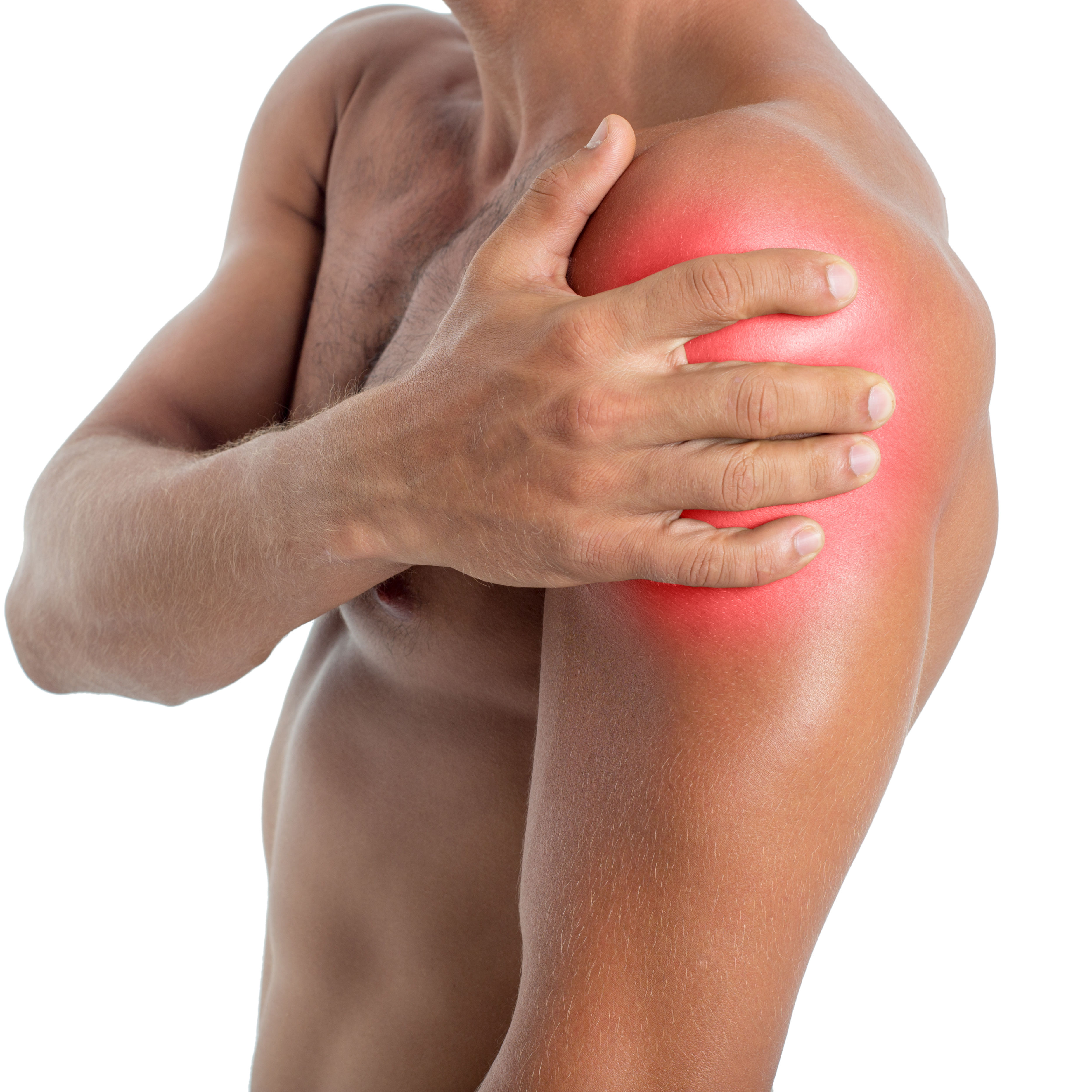
The shoulder joint is made up of four joints. 1) Glenohumeral joint (GH), 2) Acromioclavicular (AC), 3) Sternoclavicular (SC), 4) Scapulothroacic.
The process of evaluation of the shoulder joint must include all the joints as individual as well as how they work collectively to make up the “shoulder joint”. Proper assessment should also include the cervical spine to rule out any referred symptoms. The shoulder assessment and location of the lesion is a complex one due to the amount of structures they are involved. The lesion can be inside or outside the joint and depending on the nature of the injury or the clinical findings will determine the exact location.
The shoulder joint is the least stable joint in the body. It requires all of its stability to come from the four major muscles, the rotator cuff muscles. There are many minor muscles as well. The four rotator cuff muscles are; 1) Supraspinatus, 2) Infraspinatus, 3) Teres minor, 4) Subscpularis. Some of the accessory or minor muscles include the pectoral major/minor, serratus anterior, deltoid, trapezium, latissimus dorsi and bicep tendon. There is also the capsular ligament that plays an integral role in the shoulder.
After orthopedic intervention which would include, NSAIDs, Cortisone injection(s) and surgery and symptoms still persist a proper assessment needs to be made. It must include the four joints, the primary and secondary muscles to locate the lingering symptoms and loss of full use.
Treatment would include; Myofascial release, joint mobilizations, and in office rehabilitation. The emphasis in most cases is Myofascial Release, which tends to uncover the root of the problem.
Call today for your consult and exam, you will be happy you did.
Parking in front or in the rear, staffing they are great friendly and helpful, clean inside And Dr Steve is awesome, I would recommend all that have sports injuries or that need a physical for your job, or DMV
Diana Williams-Johnson
Wonderful and friendly staff. I felt that Dr. Steve truly cares about his patients and their recovery. He has been a tremendous help to me with several physical issues due to injury.
LT in New Haven
Amazed at the professionalism, knowledge, and courtesy from moment of stepping in, right through to discharge from Doctor!! They make you feel acknowledged and appreciated no matter the reason you are there or the type of patient/client. Even though this was first and only time there thus far I would recommend them and definitely will be going back for next check up. Thank you and keep up the good work!????????
Jay Ggarbero
I want to recommend this office for DOT physicals. I was referred by my office and it was great. The office staff was really nice, there was free parking. It was crowded and I was in and out in 35 minutes. Dr Steve was awesome. GO there!
Brian Mazanowski
Go there !! I went there for a DOT physical and everything was so smooth. In and out in 30m. nice people, fair price, and the doctor was very nice guy!!
Joao Victor
Good Customer service went in and out for DOT Superfast In and out
Edwin Ortiz
O M G!!! What an amazing place! Felt welcomed by staff. Dr Piserchia is a gentle giant. HIGHLY RECOMMENDED!!
Monique Jackson Caesar